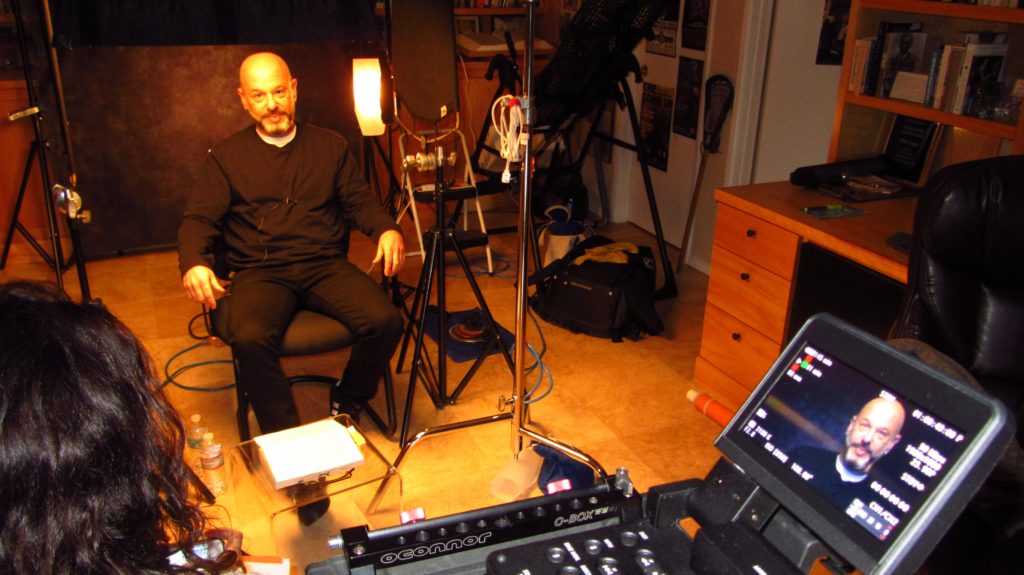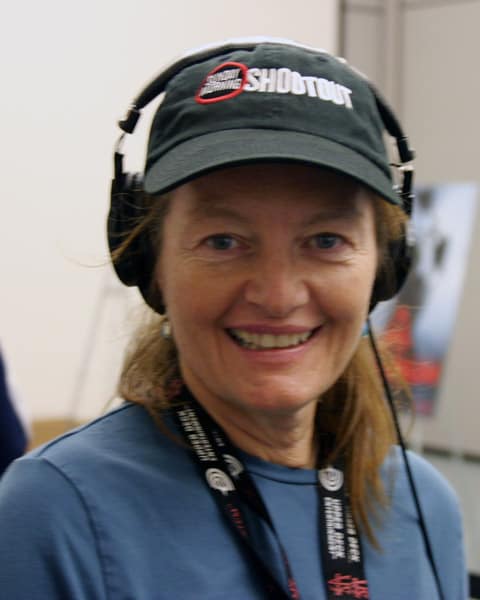The Importance of Sandbags on a Video Shoot
Sandbags are more important than a neophyte crew may think.
Sand is quite the commodity. When you imagine yourself laid out on a beach towel, it is atop some beautiful, fine blonde sand. There’s this fresh water lake on Fraser Island, Australia, with silicon sand where you can plunge your silver-ringed hand in and your jewelry gets polished to a bright and shiny gleam. But I digress.
Where sand benefits video production is its presence in the sandbags that are used to weigh down C-stands upon which the gaffer sets up Kinoflows, Chimeras, and other sorts of lighting.
Gripping and Gaffing
C-stands are secured with a sandbags. It’s standard operating procedure. A sand bag is an intrinsic part of my sound kit for when I go out on formal interviews. After I rig the boom pole on top, I can rest easy assured that the boom will not fall upon the head of the interviewee. I remember very well the verbal spanking I received from the DP (Director of Photography) on one of my earliest video production gigs. That’s because I’d forgotten to lay the sand bag across the legs of my C-stand prior to affixing my boom pole on it. “Safety first!” he growled.
So it was very weird for me when on a video production a few years ago. It was a biopic on a mountain-bike athlete. First off, I noticed that all three of C-stands bearing expensive and unwieldy lighting were sans sand bags. When I asked the 30-something producer what could be done to jury rig sand bags, since another crew had absconded with all their sand bags, the 20-something camera op said, and I quote: “Sand bags are a luxury, not a necessity.”
Safety First
“Safety first,” I said. And consequently, I wondered whether insurance was also a luxury and not a necessity.
The video interview commenced, with cables draped all across the floor, and the mountain-bike athlete’s three-year-old scooting around on a small pedal-free bicycle. Nothing bad happened. But it could have.
It was about a week later when I joined another video crew on a shoot to interview a famous journalist in his home. I noticed that I was the only crew member with a sand bag on my C-stand. This camera operator (mid-30’s) said, “Oh, we don’t need sand bags.”
“Safety first,” I said.
Something really gave me pause for thought. The DP rigged the Chimera directly over the head of the interviewee and facing down. I’ve never seen that kind of rigging before in my 30 years of video production, because overhead lighting creates bags under the eyes. And our subject was bald, so that made the light really concentrate on the top of his head. I thought, “Man, if that light fell on his head….” I wished I’d brought an extra sandbag to throw on it just in case. But the crew had insisted they had enough lighting gear. During the course of the interview, the journalist knocked the stand with his leg, and the light did sway. The cameraman had to leap on the base of the stand like an Infantryman onto a UO (Unexploded Ordnance).
Generation Gap?
I do not get it. Back in the 1970’s there was this thing called the “Generation Gap” when the older generation regarded hippies as an alien species, and hippies saw their elders as “ungroovy.” I notice that the same thing appears to be happening in the realm of video production. The idea that sand bags are a luxury and not a necessity is way off. I only hope that these guys have insurance, because if you hurt someone or even kill them with a piece of equipment that should have been battened down, you could lose your entire world. Your life would change in a way that will make you wish you were lying on the pristine sand of a tropical island somewhere far, far away.



